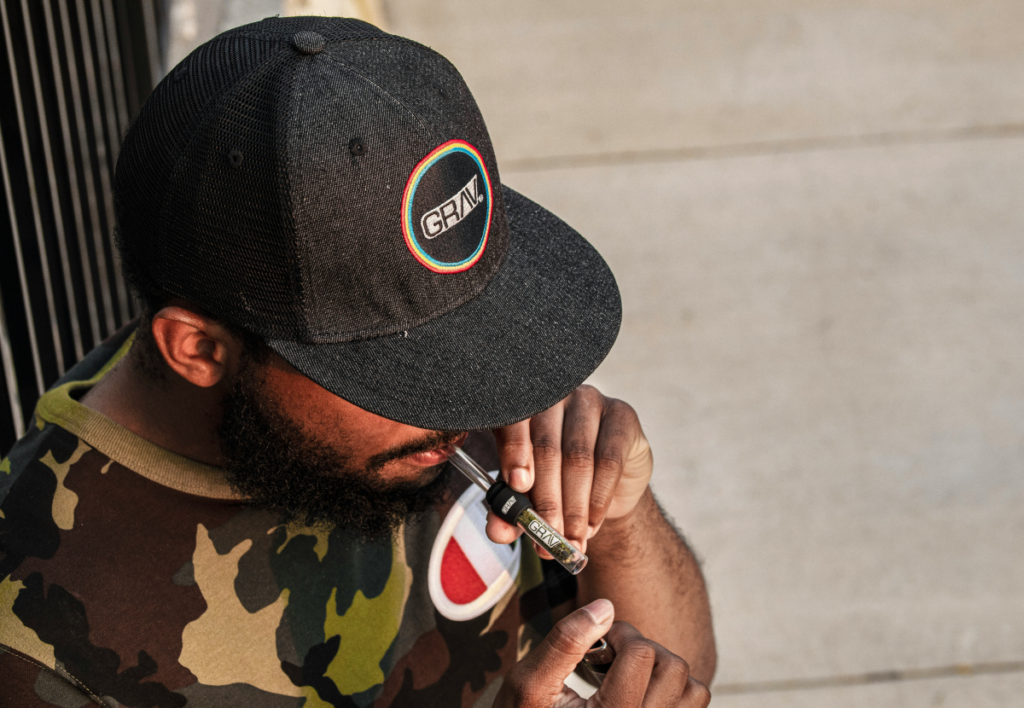How Is Cocaine Made?
Clinically Reviewed by Dr. Kate Smith

Cocaine addiction remains popular throughout the US. The drug takes a long journey before it reaches its final white stage and is consumed. This blog will shed light on:
- Where Coca Comes From: Follow the geographic journey from plant to powder.
- How Cocaine Is Made: Understand the harsh process of turning leaves into easy-to-abuse powder.
- What Cocaine Looks Like: Recognize the different forms of coke.
The Origin: Where Does Cocaine Come From?
Cocaine originates from the coca plant, native to South America. Historically, indigenous communities have chewed coca leaves for their stimulant effects. Today, the primary regions for cocaine production include Colombia, Peru, and Bolivia, according to the DEA.
Much of the cocaine supply comes from countries that are influenced by cartels and organized crime activity. In these regions, coca farming and production provide a profitable source of income for those involved in the drug trade who rely on exploited labor.
The Process: How Is Cocaine Made?
The process of how cocaine is made is complex and involves several steps:
- Harvesting: Coca leaves are picked from the coca plant.
- Extraction: The active compound, cocaine alkaloid, is extracted from the leaves using gasoline and acid.
- Purification: The extract is purified with even more chemicals, like chloroform, and crystallized to form cocaine hydrochloride, the powdered form of cocaine.
Harsh chemicals are used in every step of the process, posing significant health risks to those involved in production and the environment.
Further, when cocaine powder is turned into crack, it is mixed with household products, like baking soda, chemicals, and water. Then, it is heated in a spoon, and dried into rocks. This process stretches the costly cocaine supply, making it more affordable for consumers. Both crack and cocaine powder often contain other substances cut into the final products that make them more addictive and dangerous.
The Appearance and Effects: What Does Crack Look Like?
Cocaine is often a white powder. Crack is typically sold as small, rock-like white or off-white chunks. Cocaine, whether in powder or crack form, has significant physical and psychological effects. It can lead to issues like:
- Increased heart rate and blood pressure
- Elevated body temperature and sweating
- Loss of appetite
- Constricted blood vessels in the brain
Since cocaine is often tampered with, there is a severe risk of overdose. Fentanyl and other synthetic opioids are often mixed with cocaine, leading to a deadly combination.
Get Cocaine Addiction Help at GBAC
Greater Boston Addiction Centers offers a range of substance abuse treatment programs, including tracks for cocaine addiction. Our team of experienced professionals understands the complexities of addiction and mental health, providing individualized care and support for each client.
Addiction doesn’t have to be a life sentence. With GBAC, recovery is possible. Contact us today to learn more about our programs and how we can help you or a loved one reclaim their life from cocaine addiction.
- Tagged addiction therapy, holisitic therapy
Live Sober
Live Connected
Greater Boston Addiction Centers
Rehab Blog

